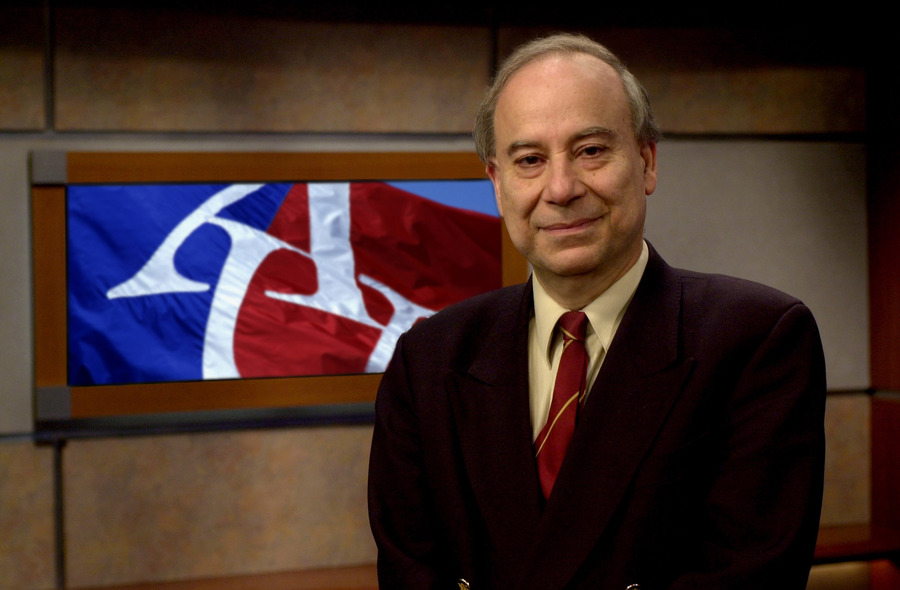The documentary “Journey into Europe” is presented in Washington
Directed by Akbar Ahmed, the film takes a closer look at Europe’s
Islamic legacy and deals with the situation of Muslims on the continent
at the present time.
November 05, 2015
WASHINGTON
This documentary, which lasts one hour and a half, is the fourth in a series devoted to Islam (the previous documentaries dealt with the origins of Islam, tribal Islam and Islam in the United States. Each of them has led to the publication of a book. On this occasion, filming took place throughout different European countries, beginning in Spain and then continuing through Italy, Greece, Bosnia-Herzegovina, Germany, France, the United Kingdom and Denmark. Through numerous interviews and testimonials presented in a very dynamic way, Professor Ahmed takes a closer look at Europe’s Islamic legacy, the situation of Muslim communities and the challenges created by the Muslim population’s immigration for both European Muslims themselves and the societies that have taken them in. The book corresponding to this episode will be published next year by the Brookings Institution.
The highly positive vision which Professor Ahmed has of medieval Al-Andalus, which is made unique by presenting the concept of convivencia or “co-existence” (a word repeated in Spanish throughout the film), with no edges or abstraction in its conflicting elements, is presented as a model to be followed, both historically and at the present time.
According to Ahmed, an experience like that of Al-Andalus can, in today’s contemporary European societies, help do away with the lack of understanding, discrimination and Islamophobia, while at the same time acting as a tool that raises the self-esteem of Muslim communities. They are often unaware of this splendid past and suffer from a lack of roots, which could also be the result of having few historical references to turn to. The story of Al-Andalus, like that of twelfth-century Sicily, can act as a counterpoint to events like the massacre in Srebrenica or the siege of Sarajevo.
The rest of the documentary takes place throughout northern European countries, where a more somber reality is portrayed, with many reference to the uprise of xenophobic parties. Radicalization, violent Islamic extremism and attacks by “lone wolves” are discussed, as well. In any case, a positive, moderate image of Islam predominates, with communities that are growing due to the effects of migration, people who wish to be considered an integral part of Europe through a “European Islam.” Emigration is presented as a sort of retribution by the old colonies to their former Western metropolises.
The filming of this documentary began in Spain, where it was given institutional support by Casa Árabe. Appearing in the documentary are the former Director of Casa Árabe, Ambassador E. López Busquets, interviewed at the Cordoba headquarters, local authorities from that city in Andalusia and from the city of Melilla, with testimony by musicians who perform music from Al-Andalus and Spanish converts who meet at a mosque in Granada. It also includes many images of the Alhambra, highlighted as the most visited monument in Spain, the archeological site of Medina Azahara and the fence along the border in Melilla.

